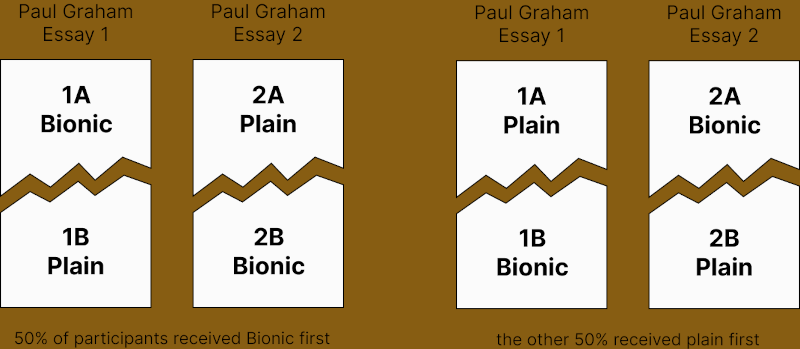Hack Your Brain: Bionic Reading — Panacea or Placebo? - 2 minutes read

In the Star Trek episode Space Seed, [Khan] famously said, “Improve a mechanical device, and you may double productivity. But improve man, you gain a thousandfold.” Most of our hacks center on the mechanical or electromechanical kind, but we do have an interest in safely improving ourselves. The problem is that most of us don’t want to mess with our DNA or have surgery, so it sort of limits our options.
We are always interested in less invasive hacks, so we certainly took note of Bionic Reading. However, a recent paper claims to debunk the claims of benefits. The company promoting the technology claims a Swiss University study showed that while the results were not clear, “the majority had a positive effect.” They also claim, anecdotally, that the technique can help those with dyslexia. What’s the truth? We don’t know, but it is an interesting discussion to follow.
If you haven’t seen it before, Bionic Reading — which, by the way, may not be free to use — is a way of using a dark font to emphasize certain key parts of words. For example, you can read this article using Bionic Reading. [Daniel Doyon] analyzed reading by 2,074 testers and found that participants actually read slower when using the Bionic Reading technique.
Even if you aren’t especially interested in Bionic Reading, the experiment design to account for taking random data from the Internet is pretty interesting all by itself. For example, they removed data from “tire-kickers” and “quitters” from the pool. To their credit, though, they did make all the data available both filtered and unfiltered.
We think you might get more mileage from entrainment. We’ve seen many brain hacks over the years, some of which even make sense.
Source: Hackaday
Powered by NewsAPI.org